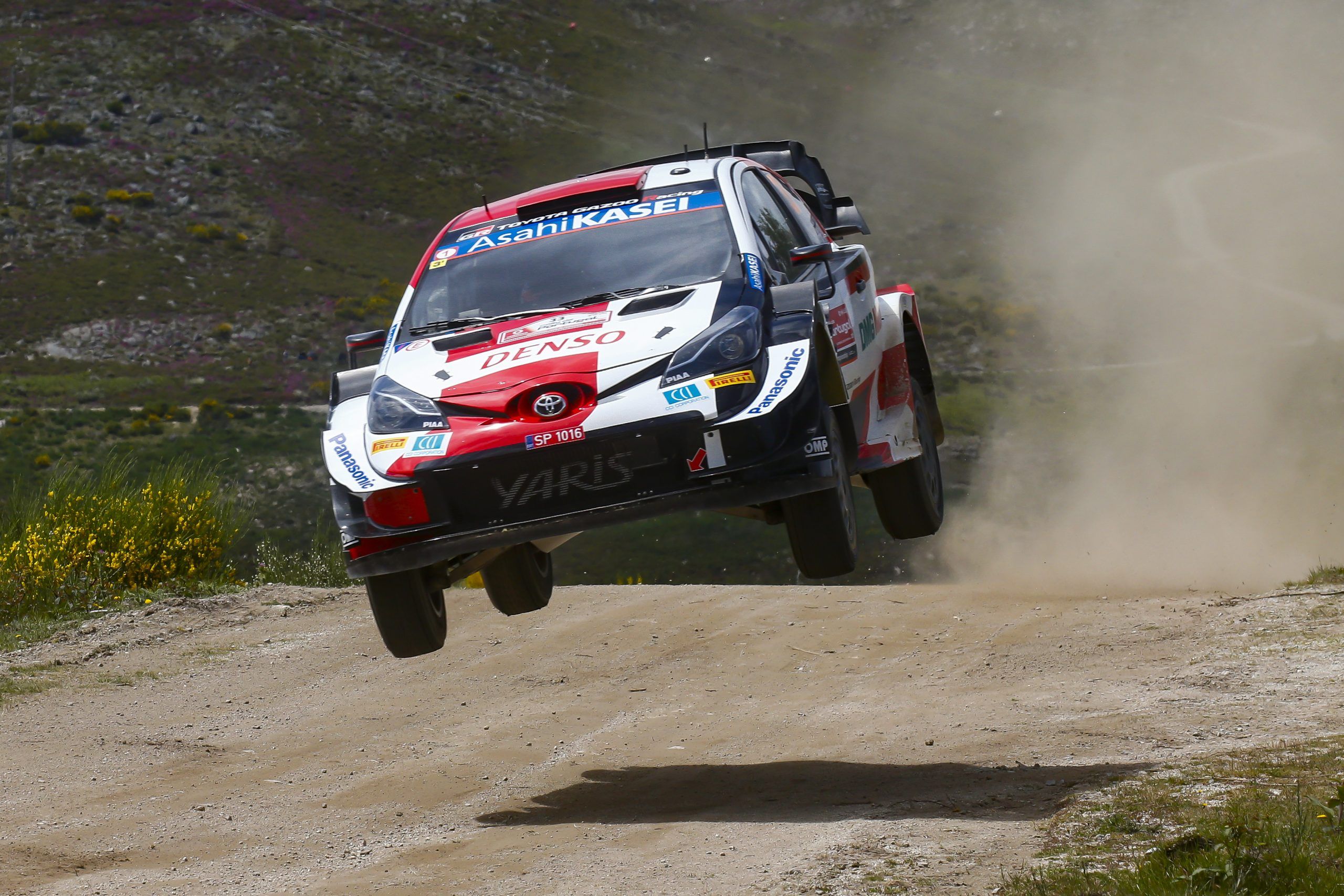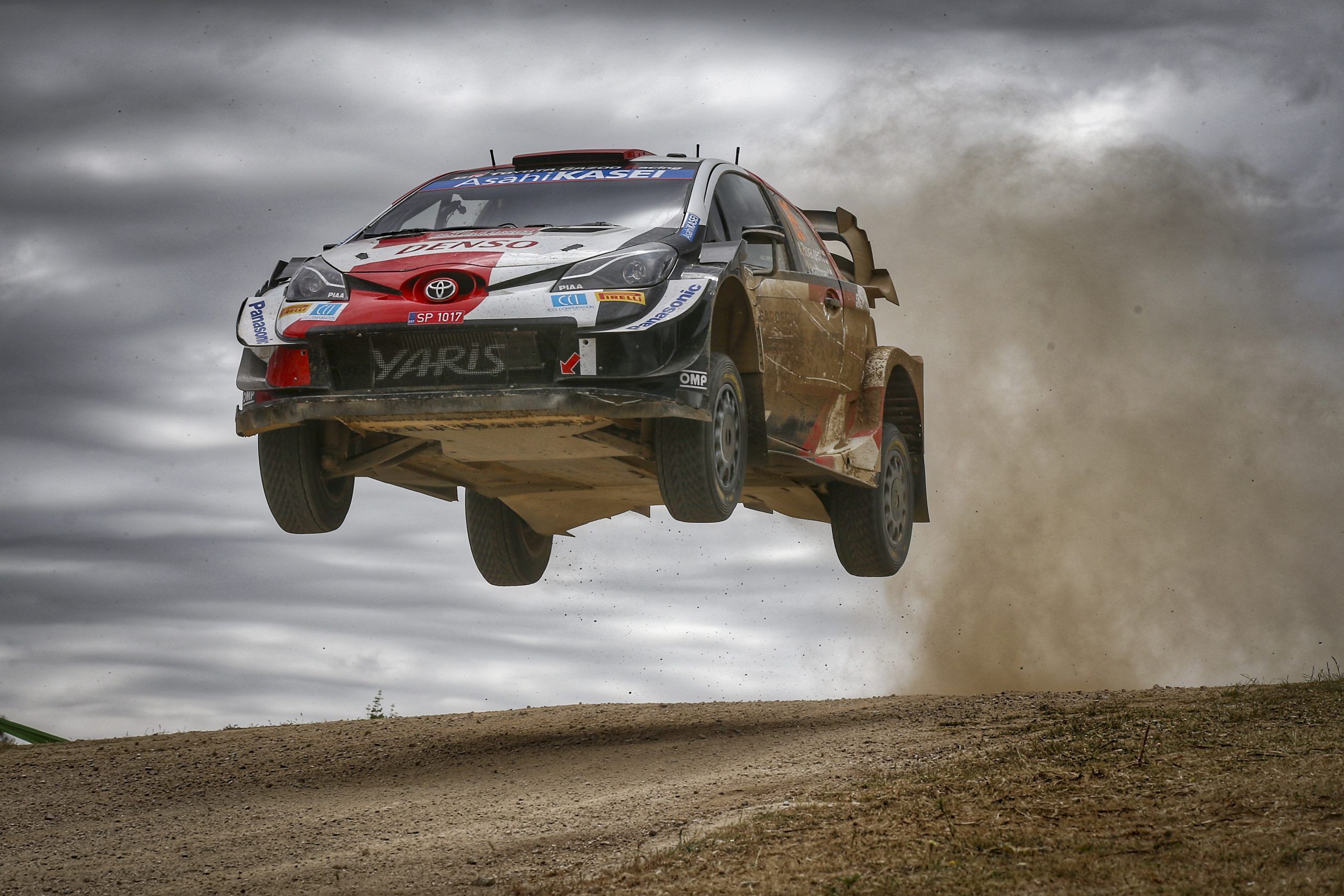When someone mentions Japanese competition cars, one of the first things to come to mind is the rally cars. And for good reason. Japanese manufacturers love competing in rallies, and they are really good at building cars that can withstand the abuse. The very reasons why we like Japanese cars so much, the reliability, durability, bulletproof and overengineered engines are the reasons why these cars are great for rallying. It's a match made in heaven.The Datsun 240Z led the charge on the rally racing. It brought home the first WRC win, and other manufacturers soon followed. Some of the most important marques, like Subaru and Mitsubishi, made their name in rally stages. They endured mud, snow, rain, and gravel and came out as legends of motorsports.It's about time that we honor these legends. This is 8 times JDM manufacturers built fire-breathing rally cars.
8 Subaru Impreza 555
Impreza is the most important chapter in Subaru's rally success. Back in the early '90s, Subaru was a small and relatively unknown marque, but they knew what they were doing in regard to turbocharging and AWD, which was learned and perfected on the Subaru Legacy RS, which was a cool car in its own right and won the Rothmans Rally in New Zealand in 1993, piloted by Colin McRae.
But everything they learned on the Legacy program was funneled to the Impreza and Subaru enjoyed rally success with many different generations of the Impreza. But the most important one was the 22B Impreza or more commonly known as the 555 Impreza because of its livery. This car is a proper rally legend. Power came from a 2-liter turbocharged boxer engine that produced 295 horsepower and 347 lb-ft of torque. All of that power is then transmitted to all four wheels through a six-speed transmission. Talented drivers like Colin McRae, Carlos Sainz Sr. and Ari Vatanen mastered this beast and gave the spectators unforgettable moments, and put Subaru on the map.
7 Mazda RX-7 Group B
Group B racing was such a sensation that the old rule of "Win on Sunday, Sell on Monday" didn't apply anymore. It was now "Race on Sunday, Sell on Monday" because even the losing cars generated great publicity. Mazda Rally Team Europe did race some turbocharged 323's before, but the RX-7 was their real weapon.
The Mazda RX-7 is one of the most unlikely rally cars of all time. They created the car without any support from Mazda's headquarters and managed to snatch a podium. But the real reason why this car is here was the team's decision to keep the Wankel/Rotary engine in the car. The car was powered by the twin-rotor 13b engine that produced 300 horsepower, and it was a handful to drive, but it doesn't get much better than a Group B racer with a rotary engine.
6 Datsun 240Z
The Datsun 240Z was the original Japanese rally fighter. While some Japanese cars did race on WRC rallies, the 240Z was the first one to win a WRC event and make Japan proud. The win came in the 1973 Safari Rally and started a strong tradition. From 240Z and onwards, Japanese cars won 151 WRC rallies and historically did well on Safari Rally.
The 240Z was the catalyst to Japanese cars' rally success. Seeing it succeed provided courage to other Japanese manufacturers to pursue glory in rallying. The interesting thing is that the 240Z wasn't a rally-focused car. Datsun made the car to build a better name overseas, but the rally success helped 240Z sales.
5 Toyota Corolla WRC
Toyota Corolla WRC had some big shoes to fill. It was the successor to the Toyota Celica GT-Four and that car was one of the most successful rally racers of all time. While its legacy will always be tainted by the 1998 Network Q Rally Great Britain where Carlos Sainz Sr.'s Corolla stalled within 300 meters from the finish line and lost the Drivers' Championship to Tommi Makinen, it was a very capable rally car, and it is worthy of a mention.
Toyota was banned from WRC events for one year because they were caught using illegal turbo restrictors on the Celica GT-Four, and they developed the Corolla to take the Celica's place instead. Most of the vital parts of the car were carried over from the Celica, including the 300 horsepower engine and AWD system. In 1999, the Corolla WRC won 1 race and saw 15 podium finishes, securing the Manufacturers' title for Toyota.
4 Mitsubishi Lancer Evo IV
The Lancer is one of the most important nameplates for Mitsubishi and rallying altogether. Different generations of Lancers and Lancer Evo's racked up an impressive 26 wins in WRC events, and it won some more under the Carisma GT moniker. But if we are to single out any generations, it would be the Mitsubishi Lancer Evo IV.
The Evo IV was an advanced rally car for its time. It had Active Yaw Control, Mitsubishi's name for torque vectoring, an advanced AWD system, and a 2-liter engine with a twin-scroll turbocharger that produced 300 horsepower. The car served Tommi Makinen very well, as he won the drivers' championship in 1997.
3 Toyota Celica GT-Four
The Toyota Celica GT-Four is one of the most iconic Japanese rally racers of all time. It helped Carlos Sainz Sr., Juha Kankkunen, and Didier Auriol won four drivers' championships and get Toyota two manufacturers' championships along the way. These are very impressive numbers. It debuted in 1988 and continued its impressive streak until it got disqualified in 1995.
The Celica GT-Four saga included three cars, all of which were pretty successful, but the most successful one was the ST185. It won 16 rallies between 1992 and 1994 with at least one championship every year. But it all went sour in 1995 with the introduction of ST205. It won a rally during the 1995 season, but was later disqualified because of the use of an illegal turbo restrictor.
2 Mitsubishi Galant VR-4
The Mitsubishi Galant was Mitsubishi's rally racer before Lancer Evo. It was the first proper rally car of the company with AWD and rally-prepped transmission. While it was a big and heavy car, it has a very powerful engine that could provide more than the officially stated 300 horsepower. Mitsubishi learned a lot from the Galant VR-4, and this car helped them become rallying legends that we know today.
The Galant VR-4 had a pretty successful run in the Group A competition. It was built on the Starion's foundation, which was the car Mitsubishi was supposed to bring to Group B before it folded. But the Galant VR-4 makes them justice with its big and strong body. It raced in 36 rallies, finishing 20 and winning 6 of them, which is pretty impressive.
1 Toyota Yaris WRC
Toyota Yaris WRC was one of the most successful Japanese rally cars of all time, and the fact that it won championships in its first 3 seasons speaks volumes about the car and Toyota Gazoo Racing WRT's abilities. It is a rally car done right and its homologation special, the Toyota Yaris GR, is one of the most exciting hot hatches in recent years.
The car is powered by a 1.6-liter turbocharged engine that produces over 380 horsepower and 354 lb-ft of torque. But with all the aerodynamics and the advantage of having a short wheelbase, it is a spectacular rally car to watch. It handles like it should, and it ticks all the boxes of a good rally car.

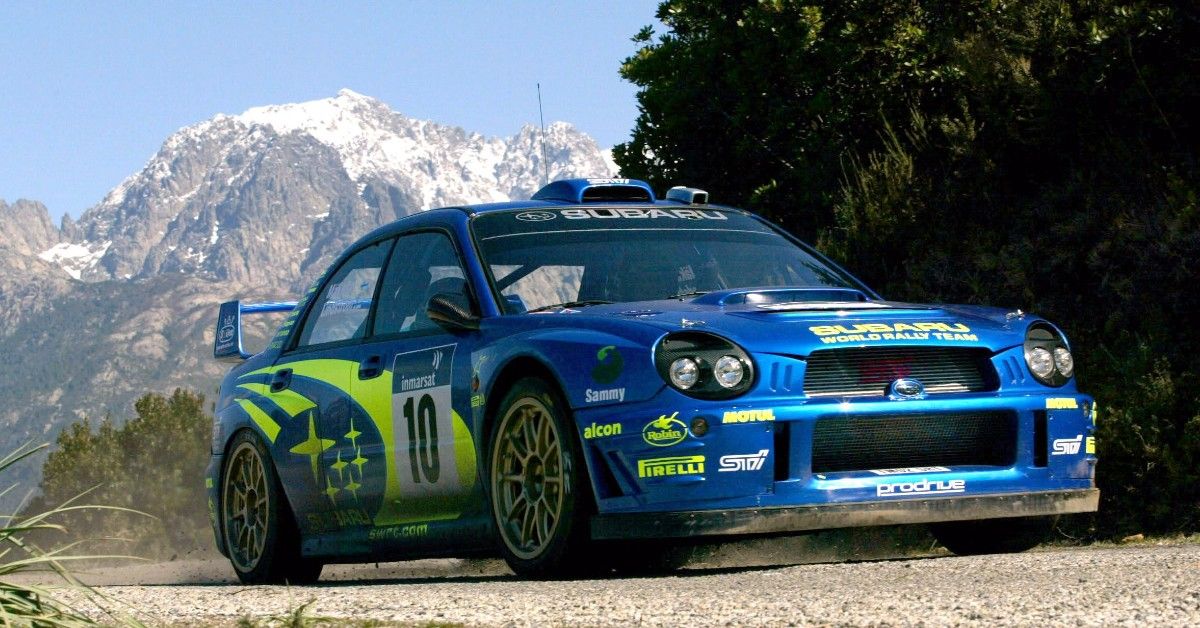
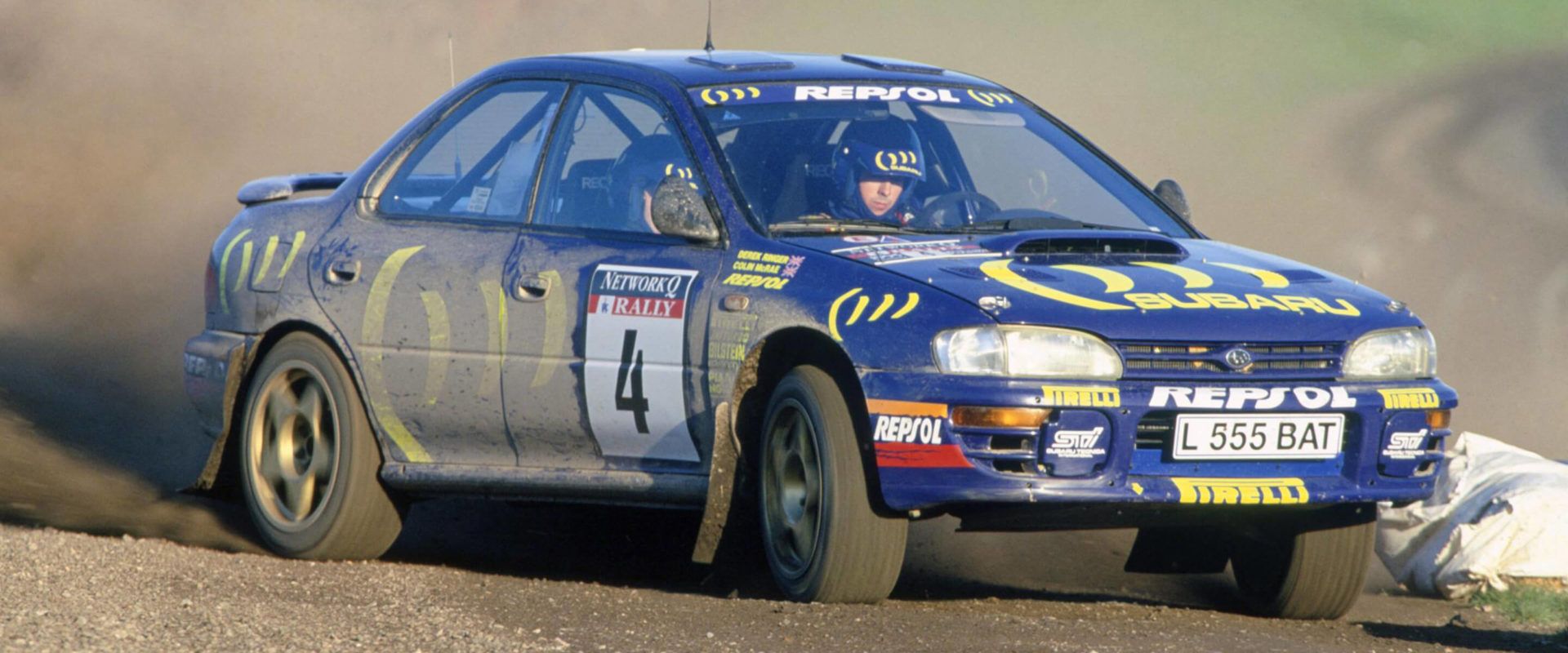
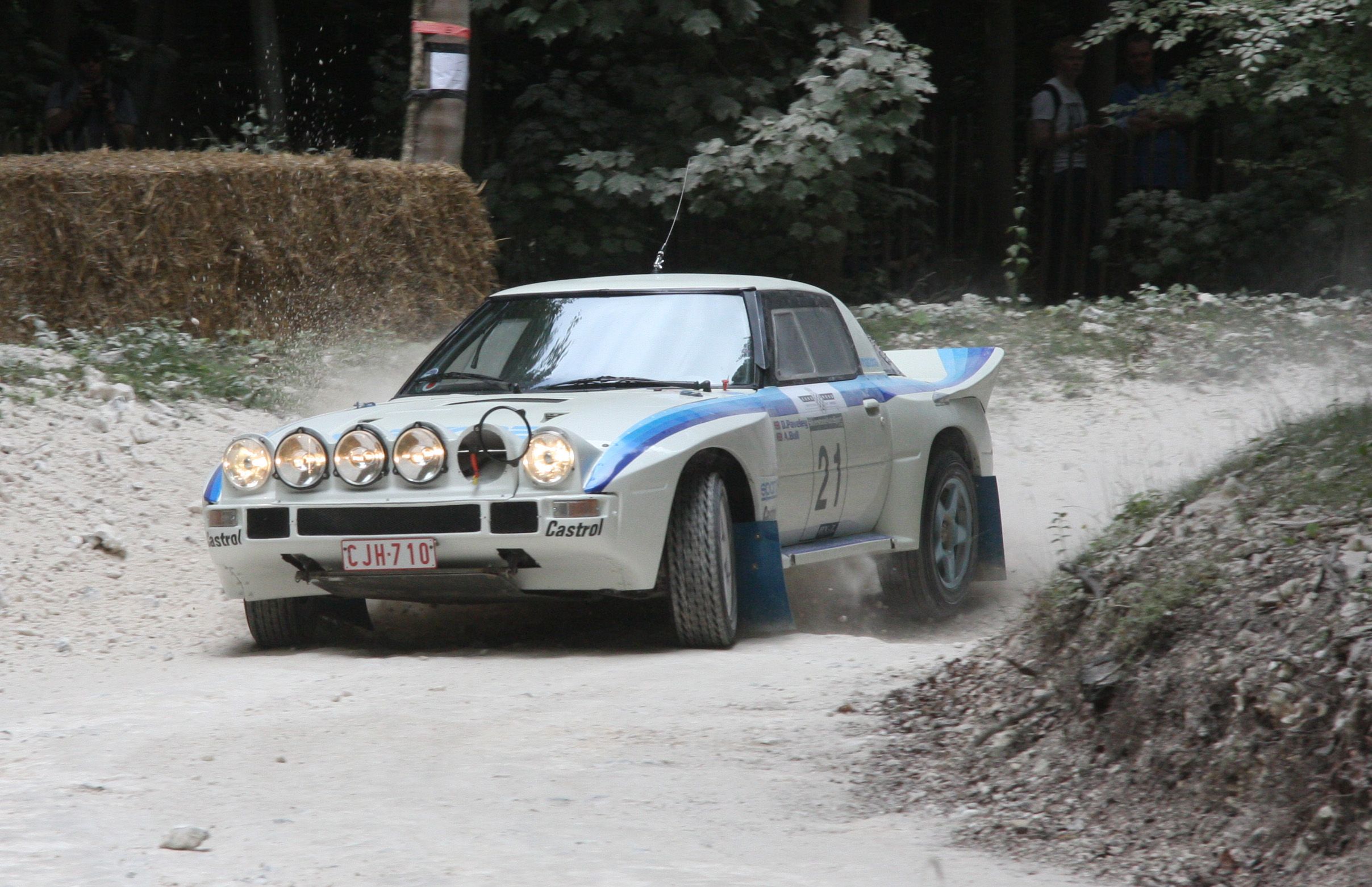
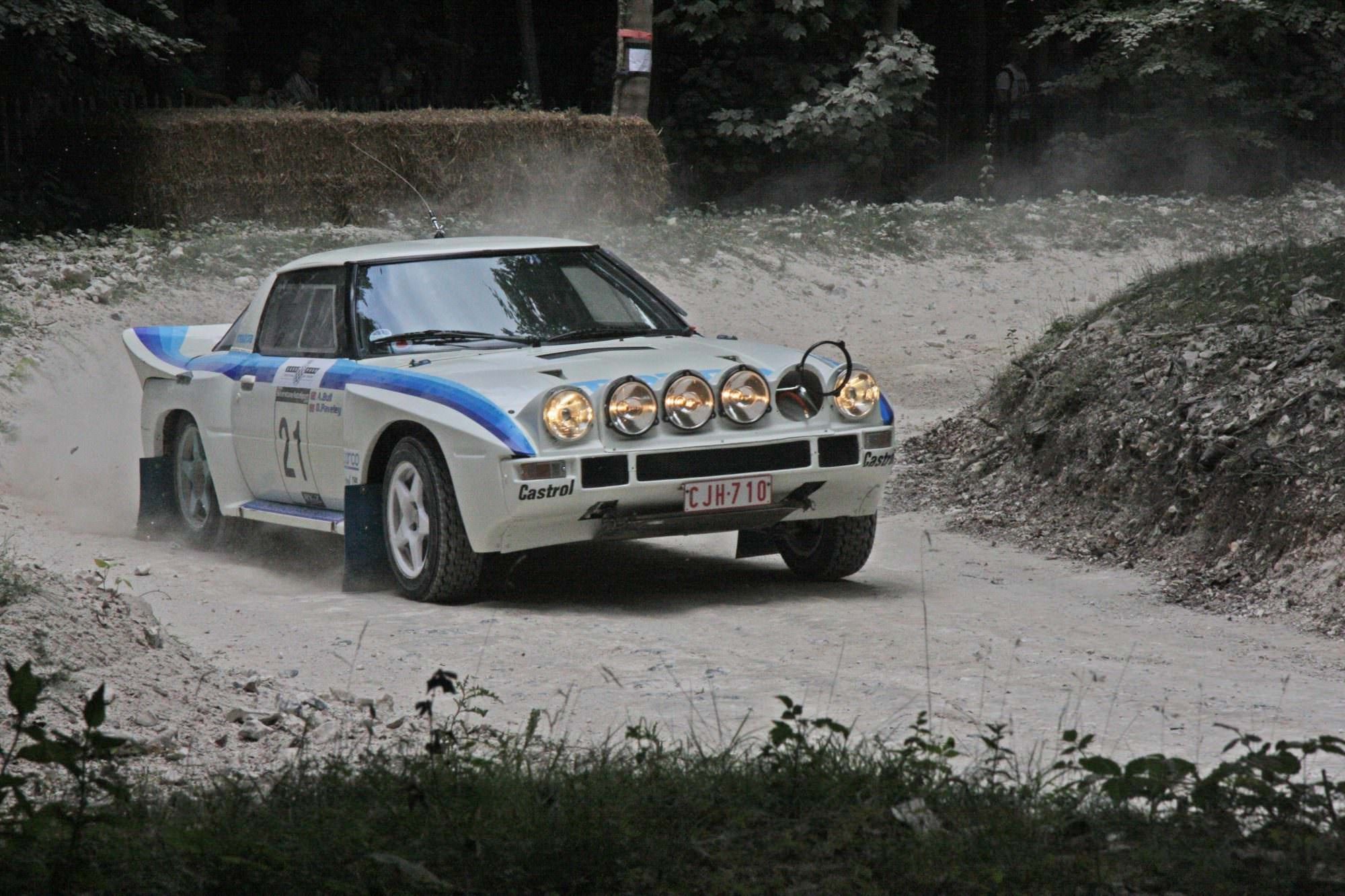
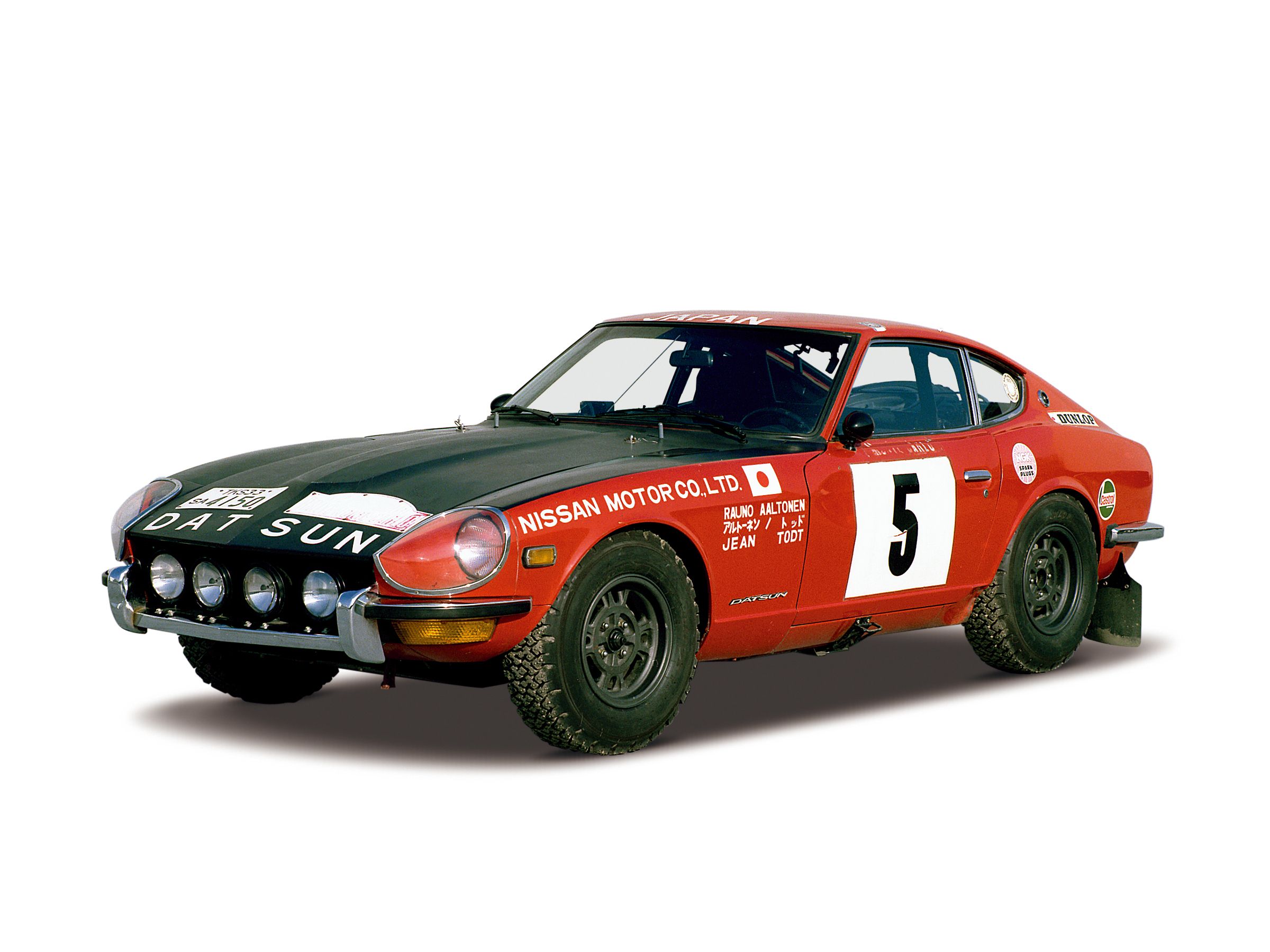
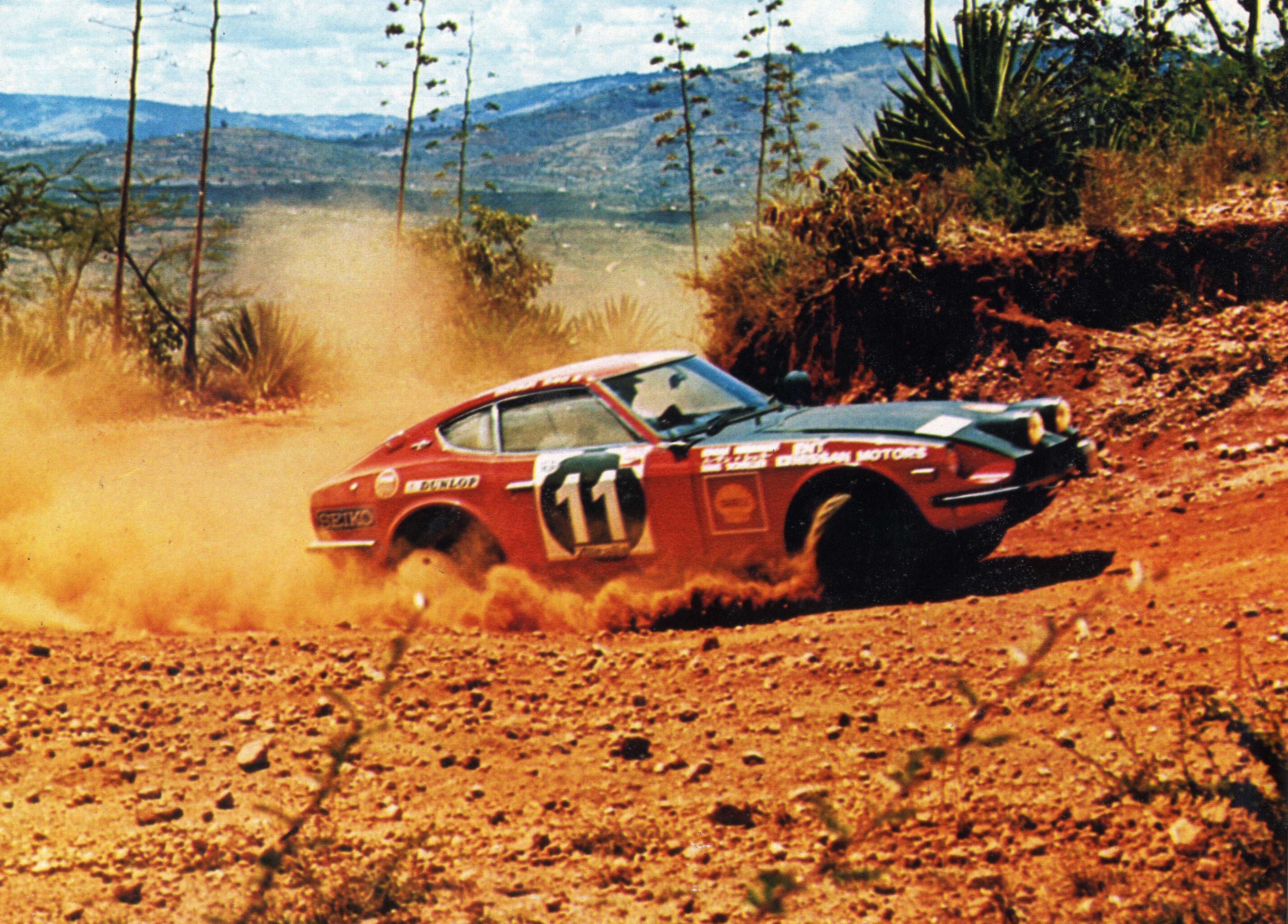
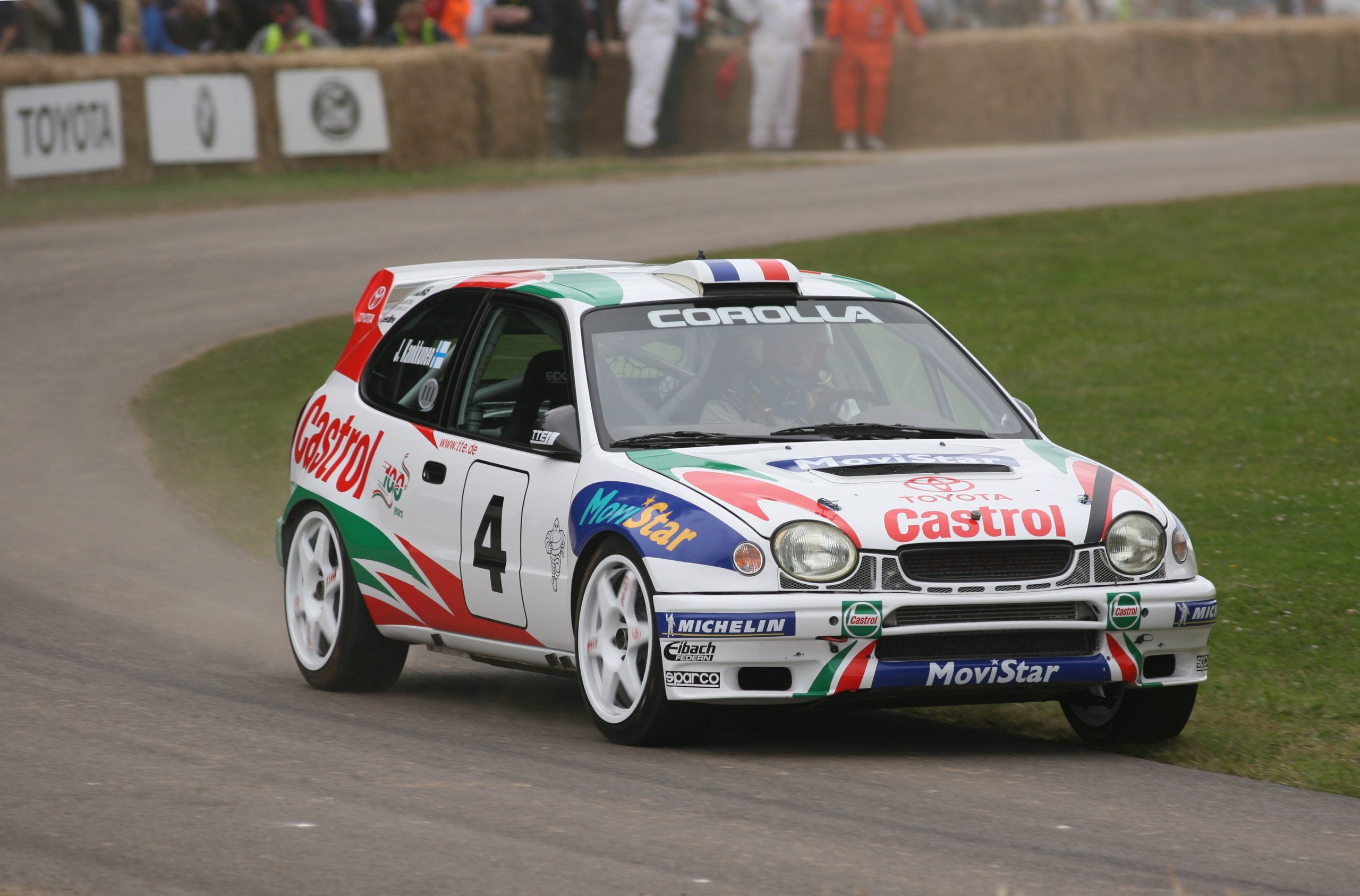
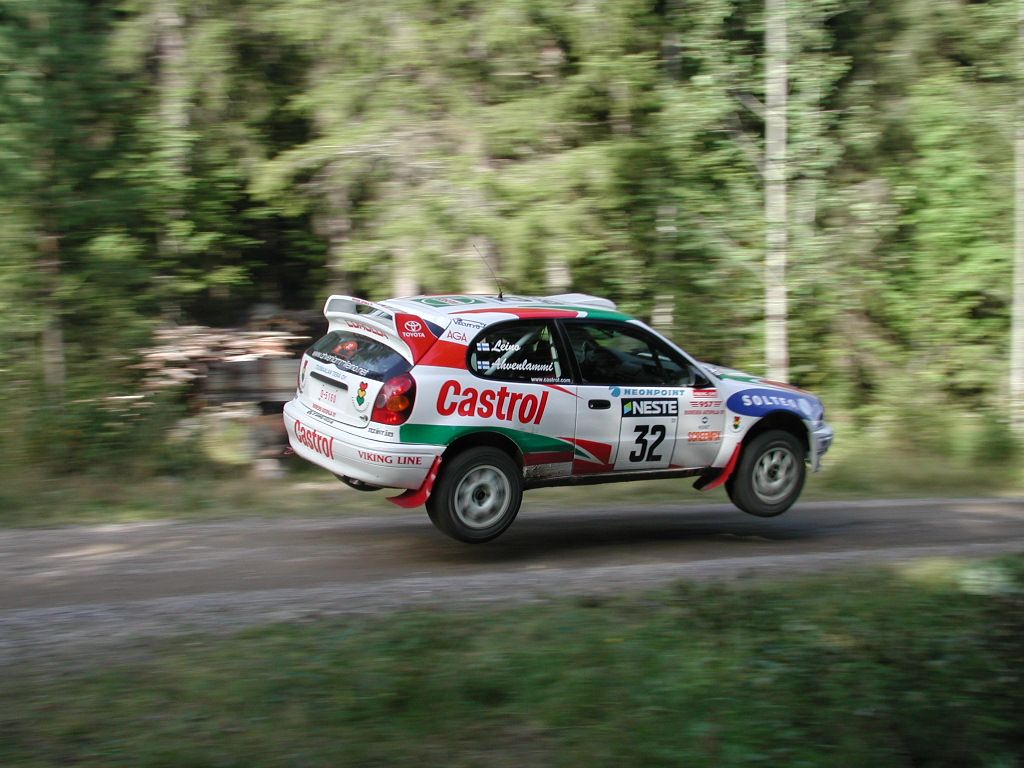
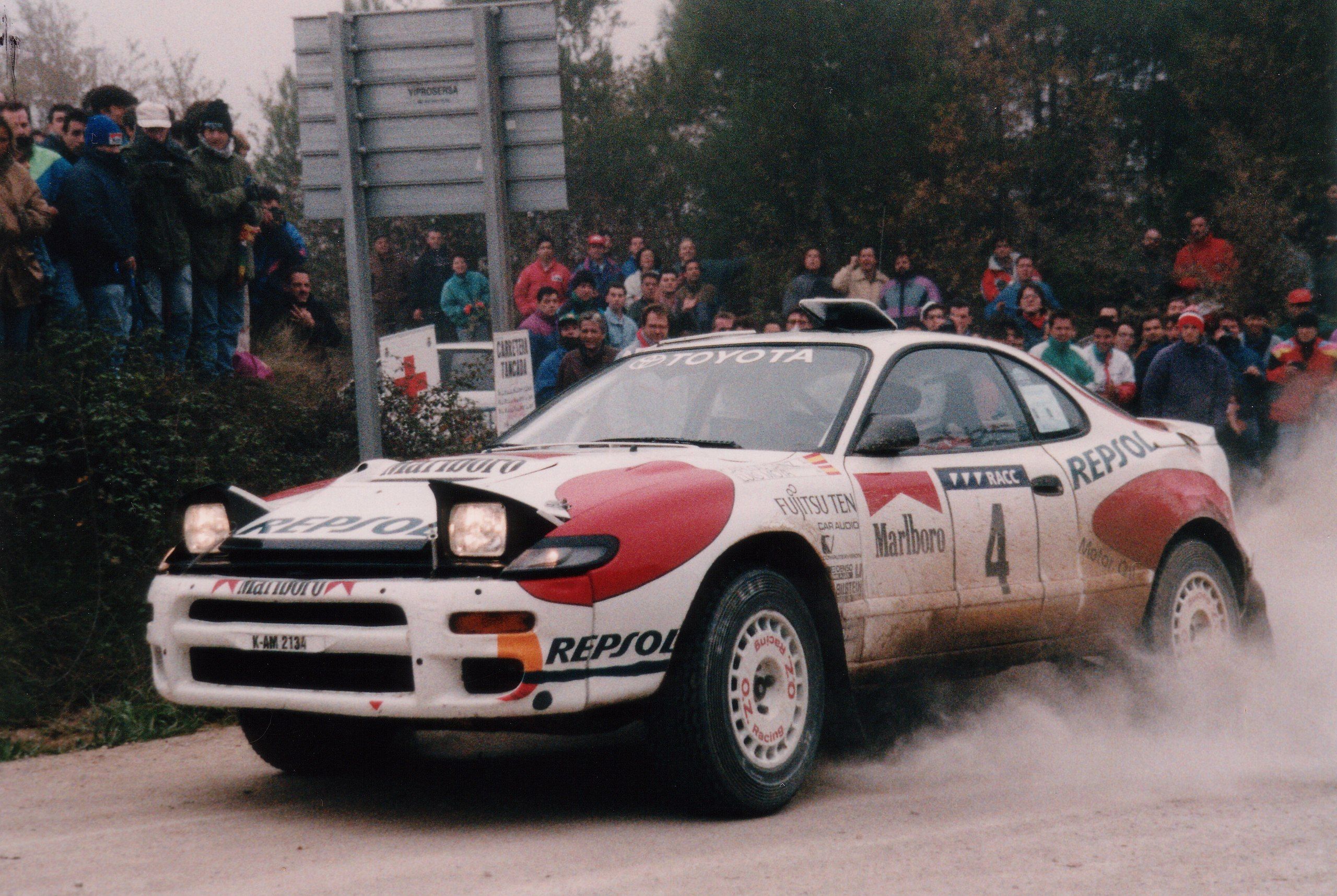
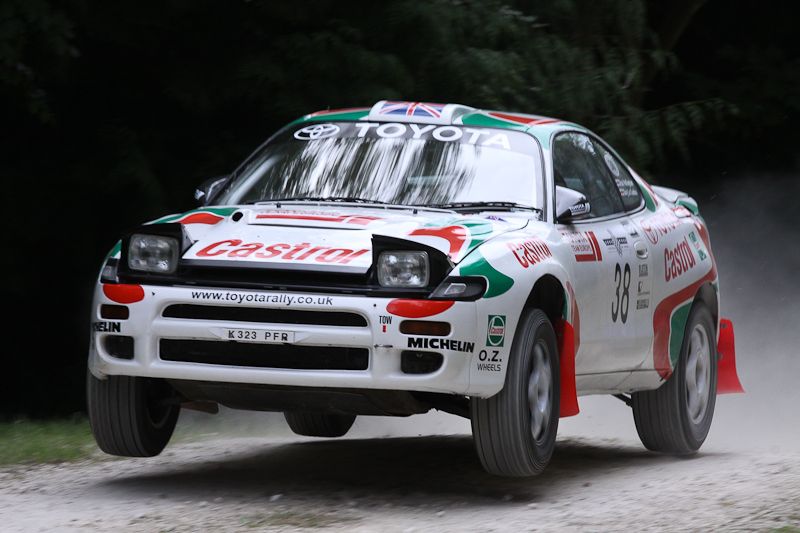
.jpeg)
